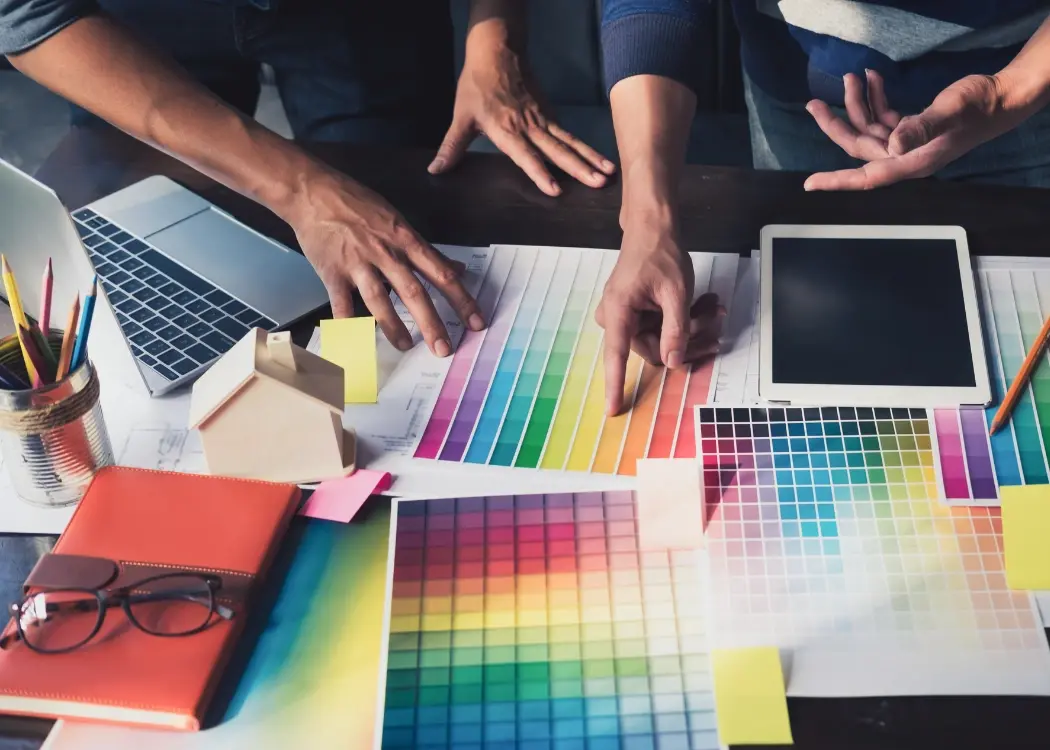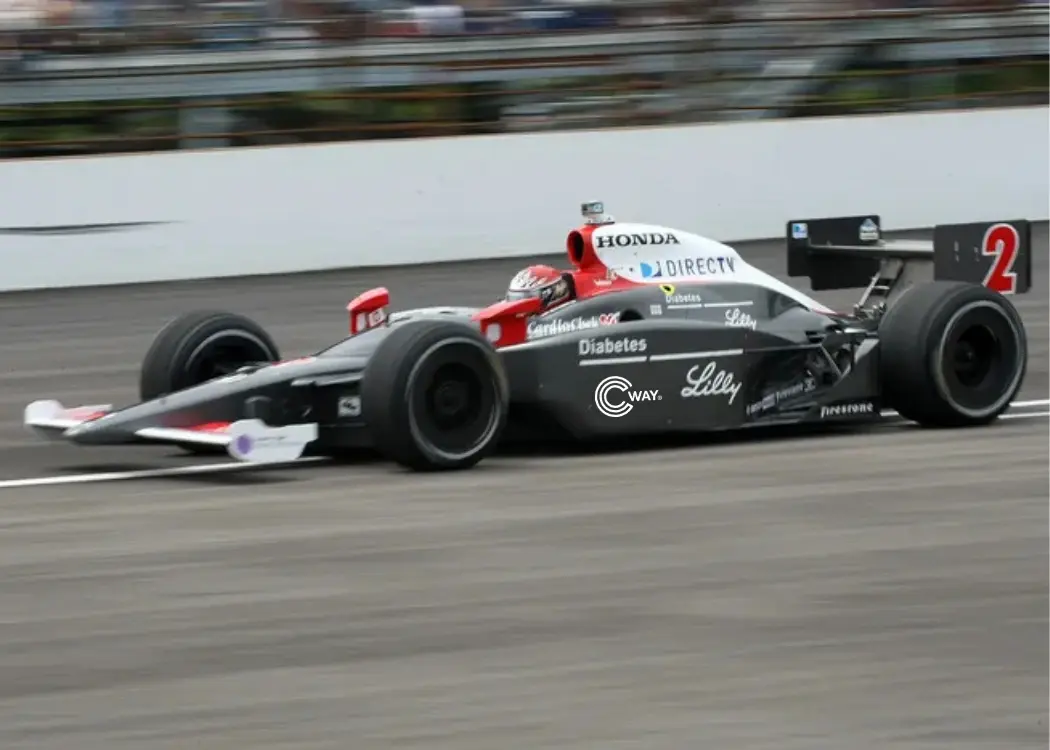How automated artwork transforms packaging design workflow
In this article, we’ll explore how automated artwork is reshaping the way packaging assets are created and managed. Whether you're a brand manager,...
4 min read
 Ekaterina Skalatskaia
:
June 21, 2025 at 7:45 AM
Ekaterina Skalatskaia
:
June 21, 2025 at 7:45 AM

Let’s face it—your packaging has about 0.6 seconds to make a good impression on a shopper. That’s not enough time to explain your sustainability goals, share your founder’s vision, or pitch the product benefits. The only thing that does the talking? Color.
Yet, somehow, so many brands get it horribly wrong. If your packaging has ever been described as “bold” with a hint of “what were they thinking?”—this one’s for you. Whether you’re a brand manager approving final mockups or a packaging designer with a Pantone swatchbook glued to your hand, read on to avoid the most offensive color crimes in the aisle.
Color triggers emotion, perception, and even hunger. (Ever wonder why so many fast food brands use red and yellow? Yep. Science.)
Get the color right, and you’re halfway to a sale. Get it wrong, and you’ve got a shelf full of awkward silences.
Bad color combinations don’t just look bad. They:
Confuse shoppers
Undermine your brand identity
Make your packaging illegible
Disappear next to competitors
Accidentally associate you with... things you’d rather not
And now, the moment you didn’t know you were waiting for:
Sure, red and green can be festive. But outside December, they just scream “holiday leftovers.”
Why it’s bad: These colors clash in brightness and vibrancy, and for anyone with red-green color blindness (around 8% of men!), they become a brownish mush.
Real-life oops: A snack brand tried to be “fresh and bold” with green text on a red chip bag. Customers said it looked like salsa-flavored toothpaste.
Fix it: Use complementary contrasts. If you must use red and green, go for toned-down versions and separate them with lots of whitespace.

Let’s talk contrast—or the lack of it. Yellow on white (or vice versa) might look “clean” on a screen. In the real world? It vanishes under store lighting faster than your motivation at 4 PM.
Why it’s bad: No contrast. Zero. Zilch. People have better things to do than squint at your ingredients list with a magnifying glass.
Real-life oops: A kombucha brand used a pastel yellow typeface on a cream label. Customers thought the bottles were blank. Seriously.
Fix it: Light colors need dark backgrounds. You want your product to look “fresh,” not like it went through a bad wash cycle.

We get it. You want to “pop on the shelf.” But if your color palette looks like a glowstick exploded in Photoshop, it’s time to take a breath.
Why it’s bad: Neon combos (think electric blue on hot pink) create eye strain, especially in print. They also scream novelty—not premium.
Real-life oops: A vitamin brand went full neon to “disrupt the wellness space.” Instead, they ended up in the clearance bin—looking like a ‘90s disco party invite.
Fix it: Use neon sparingly—like a garnish, not the main course. Pair it with neutrals to balance the energy.

“Let’s go earthy!” said every brand trying to sound sustainable. The problem? Brown and black often blend into each other like camouflage.
Why it’s bad: Low contrast = low visibility. These tones can look muddy when printed, especially on matte paper.
Real-life oops: A plant-based protein bar used matte brown with charcoal gray text. Shelf testers couldn’t even read the flavor. Some thought it was soap.
Fix it: Use texture and contrast to your advantage. Kraft paper with bold white or metallic foil = chef’s kiss.

Purple and red are both strong personalities. When you put them together, they start fighting for attention—and nobody wins.
Why it’s bad: The tones vibrate against each other and cause visual confusion. They’re both warm, rich colors that can easily clash.
Real-life oops: A beauty brand launched a “berry” collection with red caps on purple jars. Customers thought the jars were repackaged holiday candles.
Fix it: Pick one dominant color, and let the other play a supporting role. If you're unsure, test it in grayscale first—if it looks muddy, it's a no.

These two look great on superheroes—not so much on shampoo bottles.
Why it’s bad: The clash creates a vibrating effect, especially when placed side-by-side. It’s like your design is yelling at you.
Real-life oops: A detergent brand tried to look “cool and bold” with blue packaging and red text. Consumers said it reminded them of election flyers.
Fix it: If you want a patriotic vibe, mute one color and soften the typography. There’s a fine line between brave and brash.
Even if your colors are well-chosen, poor contrast can make key information unreadable. Light gray text on pastel backgrounds is a common offender—it might look nice in a mockup, but in real life, it disappears faster than your phone battery at 2%.
Instead of playing Color Roulette, consider these tips:
Test in the wild: Print a mockup and check it under fluorescent light, sunlight, and Instagram Story filters.
Get a second (and third) opinion: Show your design to non-designers. If Grandma can’t read the label, neither can most shoppers.
Use contrast checkers: They’re free, and your future self will thank you.
Stick to your brand palette: If you don’t have one, now’s a great time to build one. Consistency > chaos.
Color can make or break your packaging. The wrong combo doesn’t just look bad—it confuses customers, hides important info, and chips away at your brand’s credibility. Worse, it might land you on a Reddit thread titled "Packaging Crimes."
So take a moment. Step away from the neon green font. Let your colors support your brand, not sink it.
You’ve got great products. Make sure your packaging lets them shine—without blinding anyone in the process.

In this article, we’ll explore how automated artwork is reshaping the way packaging assets are created and managed. Whether you're a brand manager,...

Every May, engines roar to life in Indianapolis. Over 300,000 fans pack the legendary Indianapolis Motor Speedway, eyes locked on a blur of color and...

Creative teams often struggle with scattered feedback, versioning issues, and approval delays—especially in fast-paced packaging and branding...